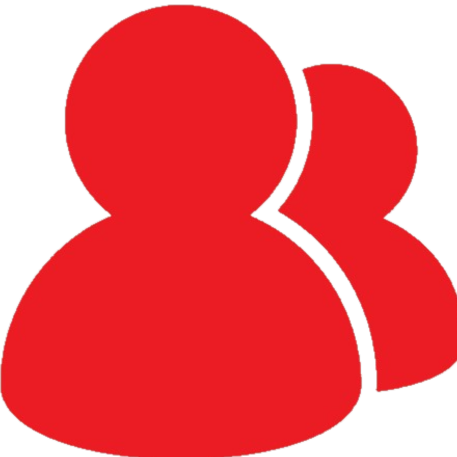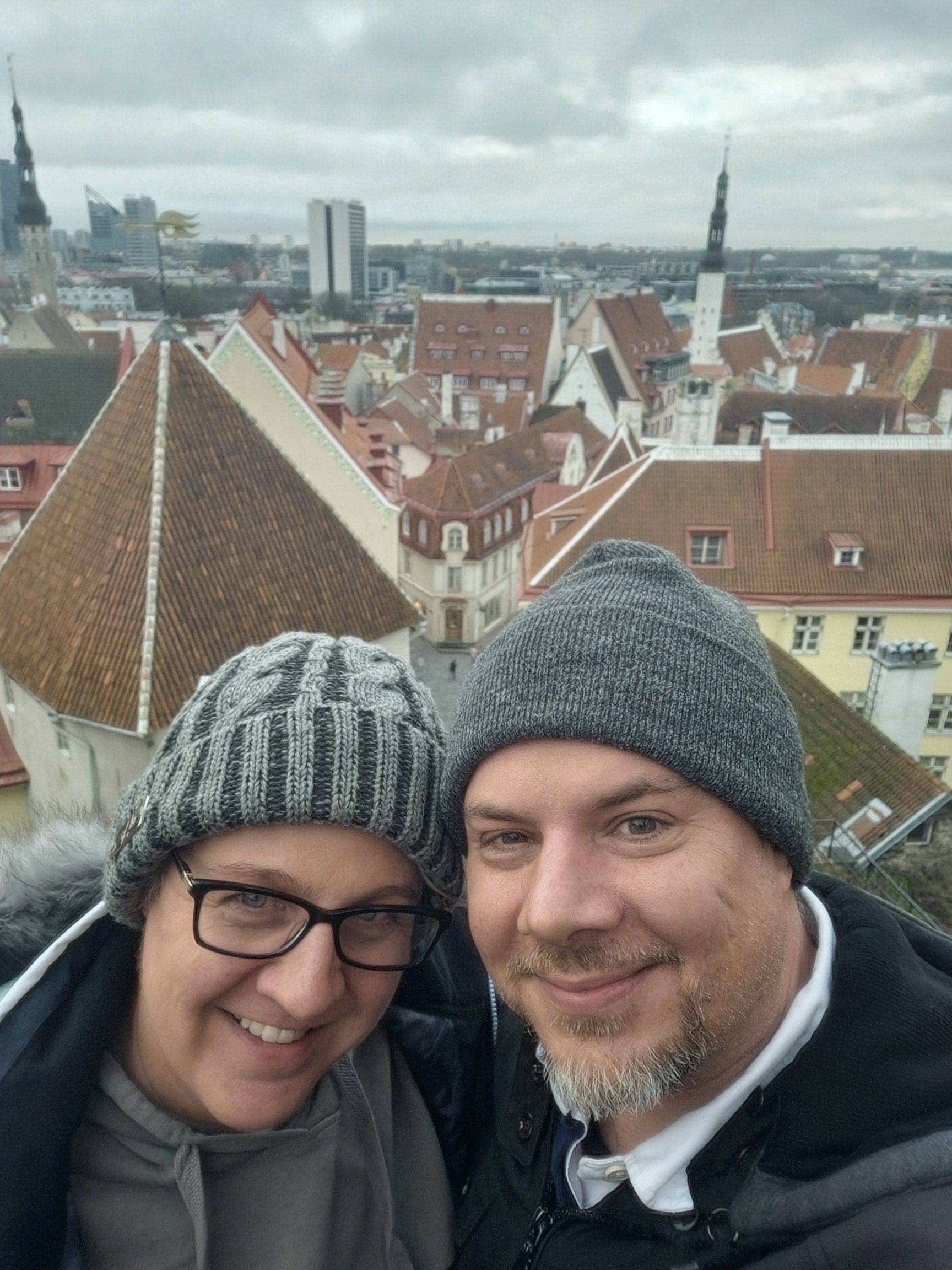A museum that we enjoyed in Tallinn as a part of our Northern Europe tour and trip to the Baltics, was Kiek in De Kök. The tower is a museum, and has a mixture of displays and artefacts, alongside the actual structure of the tower itself. There are five floors to the tower, which has walls up to 4m thick. From the outside, you can still see cannonballs embedded into the walls from 1577.
Medieval tower museum
The ticket of €16 gave us access to four towers, their connecting passageways and the Bastion Tunnels (see below). As we climbed up the narrow spiral staircases and passageways, we came across another floor, and to our joy they had interactive exhibits. All the signs and commentary was in English, and very well put together.




The basement was focused on the firefighters of Tallinn, and then as we went up the higher floors had more of a focus on the defences of the main tower. There were cannons that you could practice loading, replica siege crossbows, and interactive displays. Children will love the ability to construct their own tower from blocks, or wear armour or hold the weapons. Of course, Christian enjoyed it too.
Exploring the “kick in the cock”
The main tower was built in 1475, and the covered battlement walkways were added to over the years. As we walked to the next tower, we could see displays of how the towers were used in the Soviet occupation era, and a replica of how one tower was used as an apartments and art studio. There is a café in one of the larger towers.




Bastion Tunnels
As a part of our entrance ticket to Kiek in de Kök was the access to the tunnels. These run under the low walls that are outside the old town of Tallinn. The bastion walls were added as further defences, and the tunnels were used for a variety of purposes over the years. As we explored down into the depths, the stories of the tunnels were revealed to us.




Video displays and signs (in English, Estonian and Russian) showed that the tunnels were used as air-raid shelters, homeless squats, punk hideouts, and soviet propaganda stores. There was an imaginative display of the ghost that is meant to haunt the tunnels. We were impressed at the collection of artefacts that were placed in the tunnels to represent the history – including gas masks and soviet paraphernalia.
After a long walk, we came across a part of the tunnels that had been historically flooded for a long time. The were set up to show stone carvings and recovered stone panels and structural parts. The columns and
Hellemann Tower and Town Wall Walkway
The Hellemann Tower and Town Wall is near the Viru Gate, and has a separate entrance fee of €4, collected by a grumpy man in a little shed built inside the tower. It is a small tower and wall, but you must climb a metal spiral staircase up many floors to get access. Once in the tower, there is an extremely narrow and steep staircase inside the walls that leads to a higher floor. Unfortunately, nothing on display, but the signs (in English) showed the historical purpose of the tower.




The views were great, as it was a high tower, and even the covered walkway of 200m over the city wall had great views, including through the arrow-slits. We walked along the walls to another tower, where we could descend more narrow stairs inside the walls, to get to a small café. It was a strange end, as the café customers seemed to react with surprise that we were coming out of a tiny staircase that they had not previously noticed.
So, what is in a name? The name Kiek in De Kök means “peek into the kitchen”, because the tower was so high, it could see into the kitchens of the houses below.







